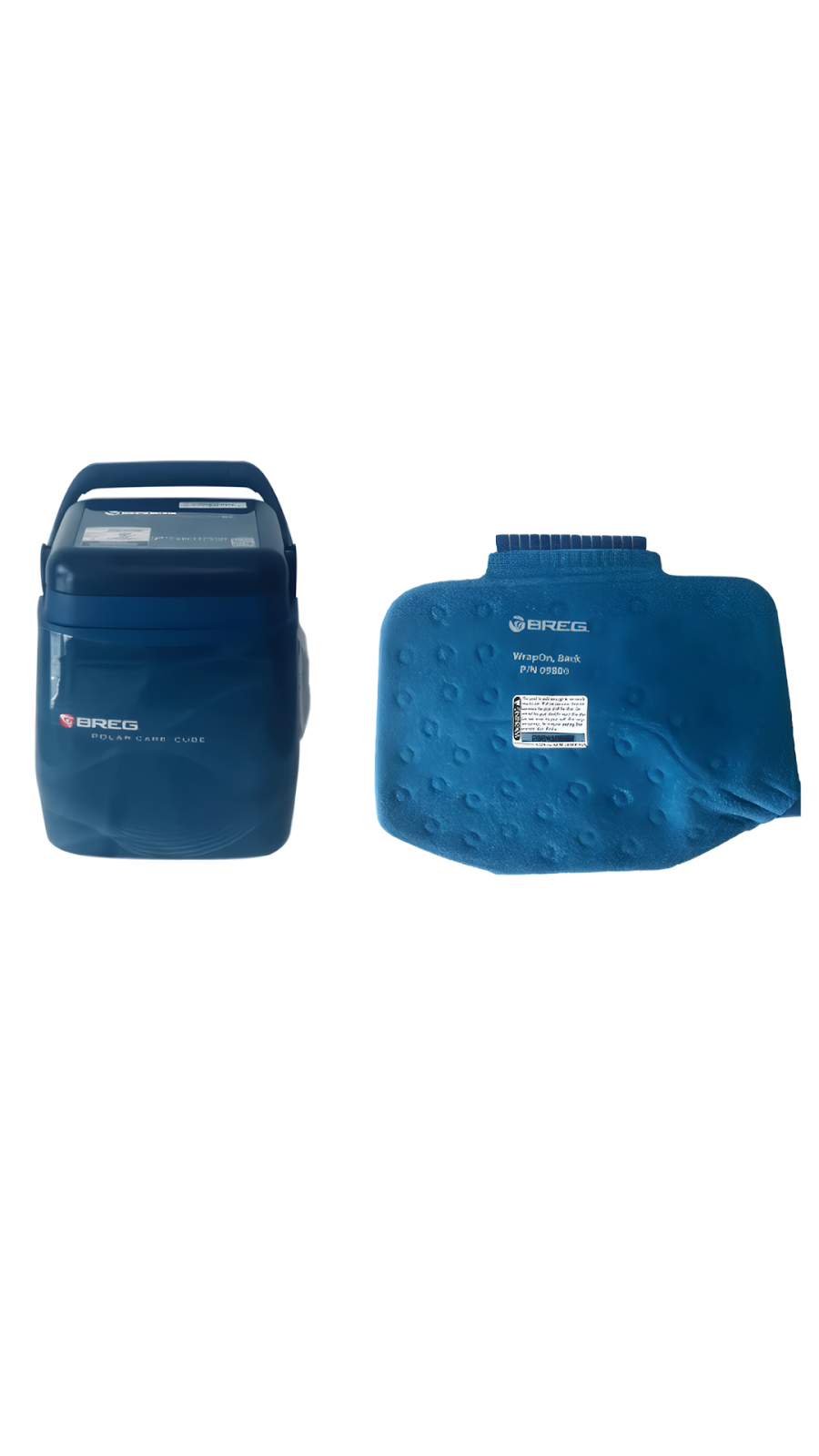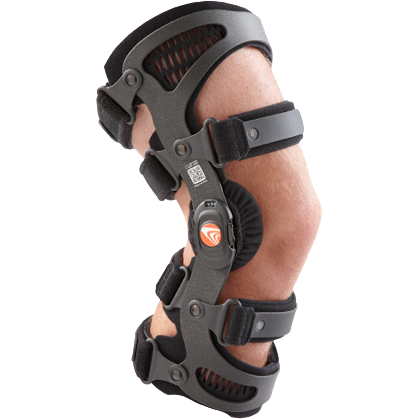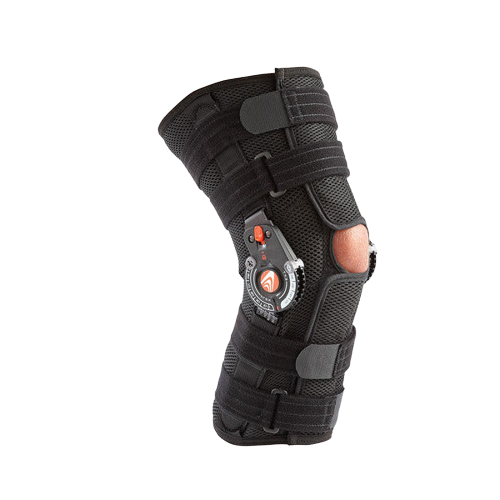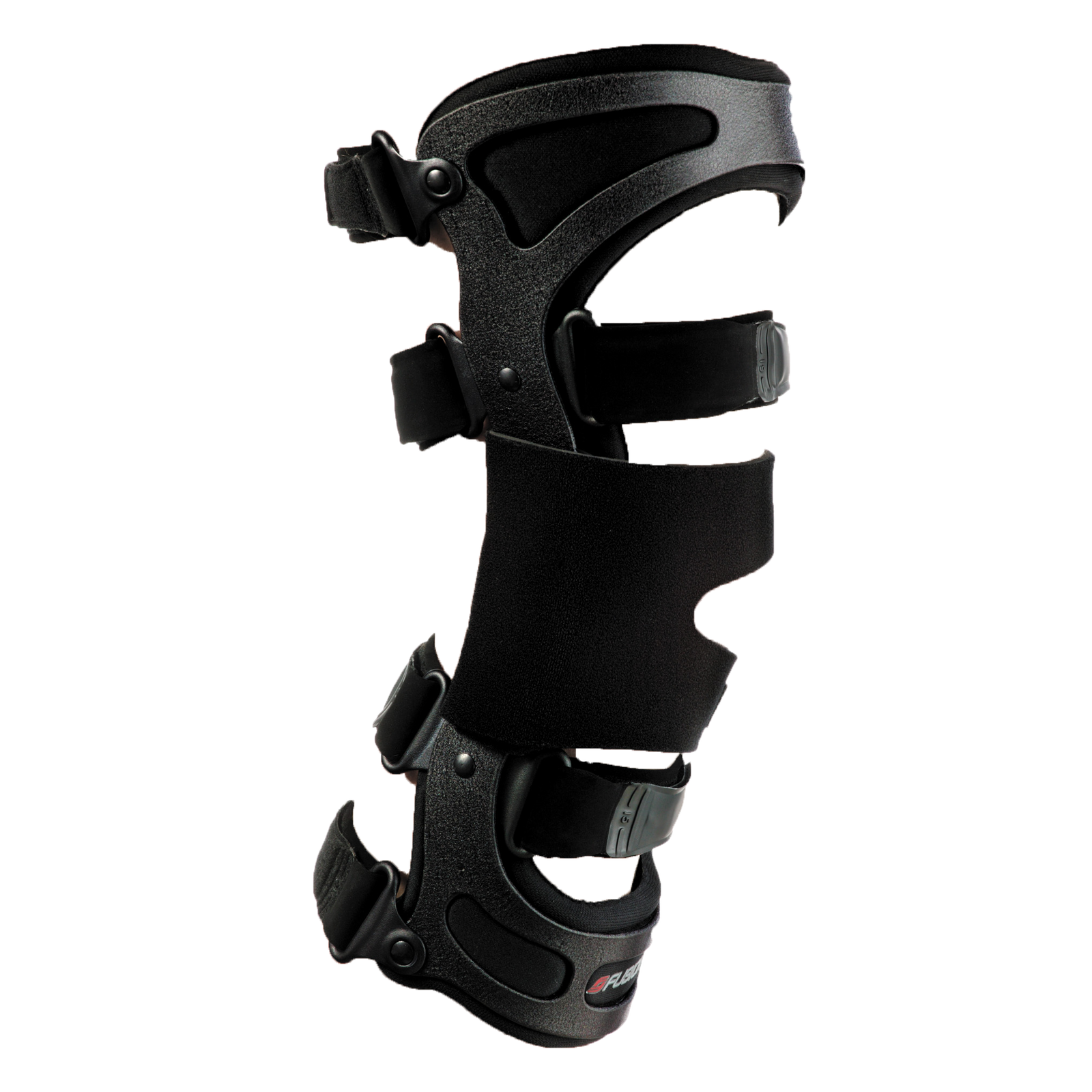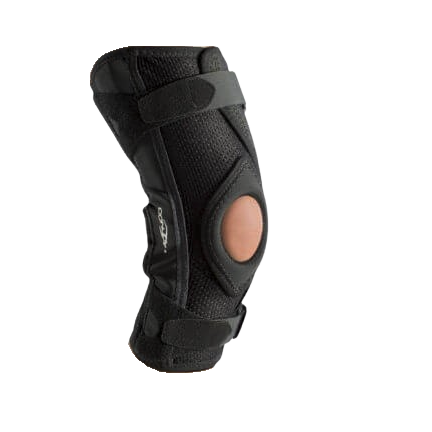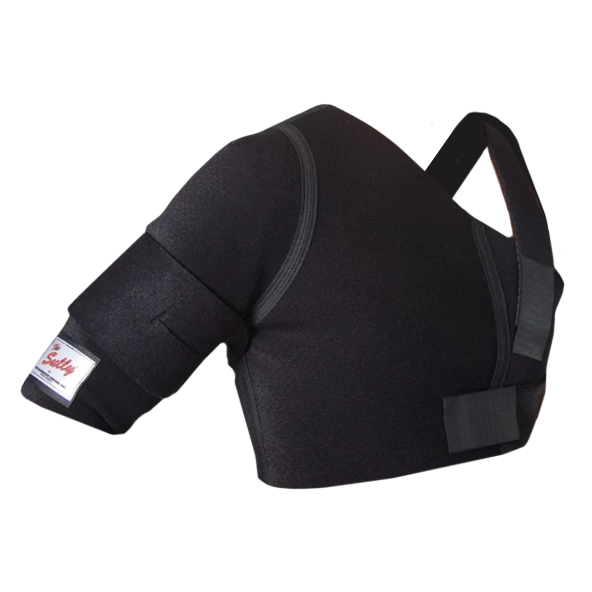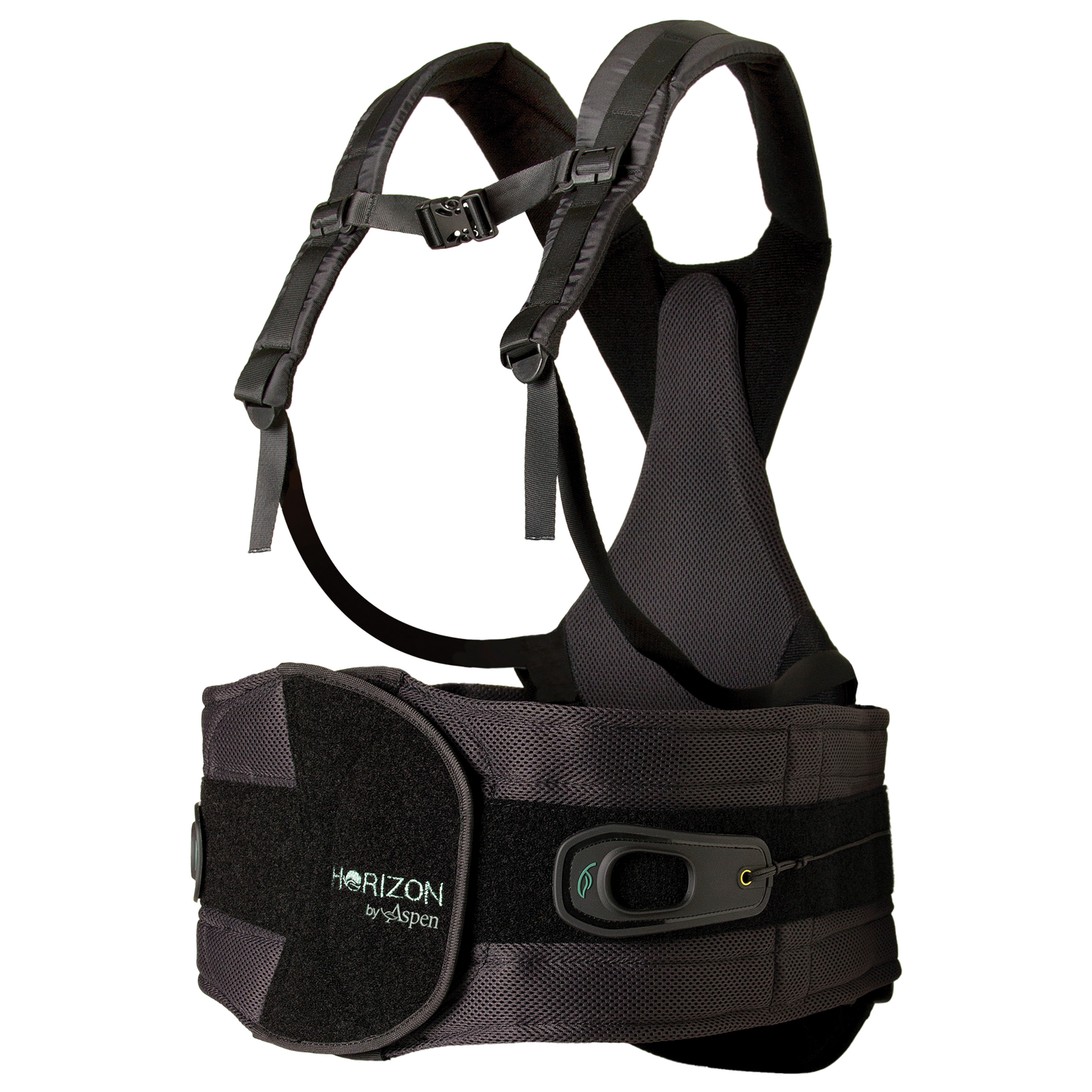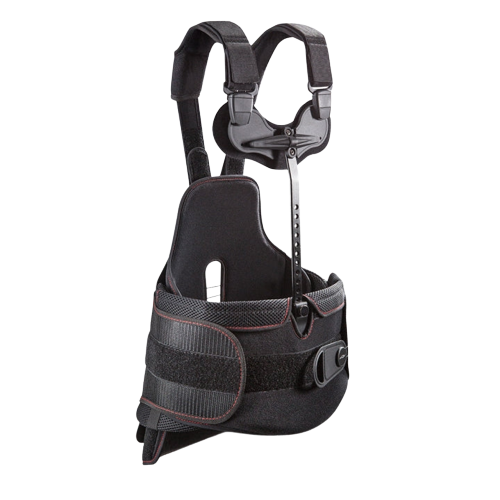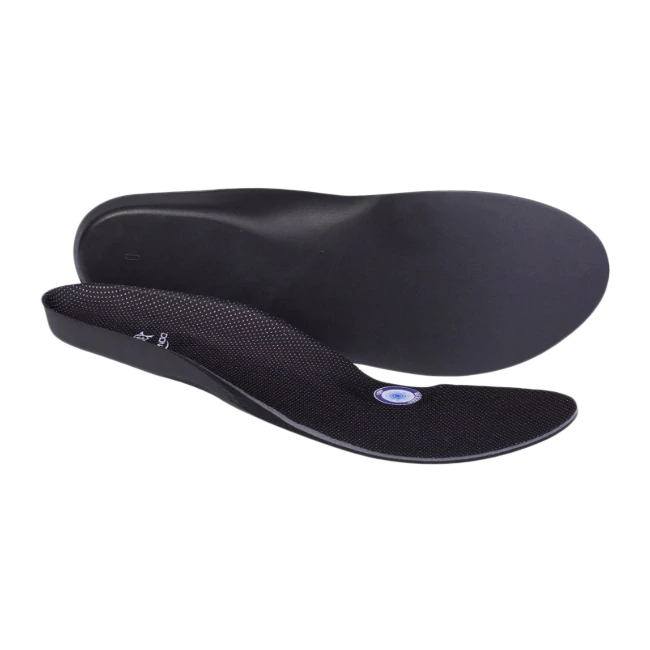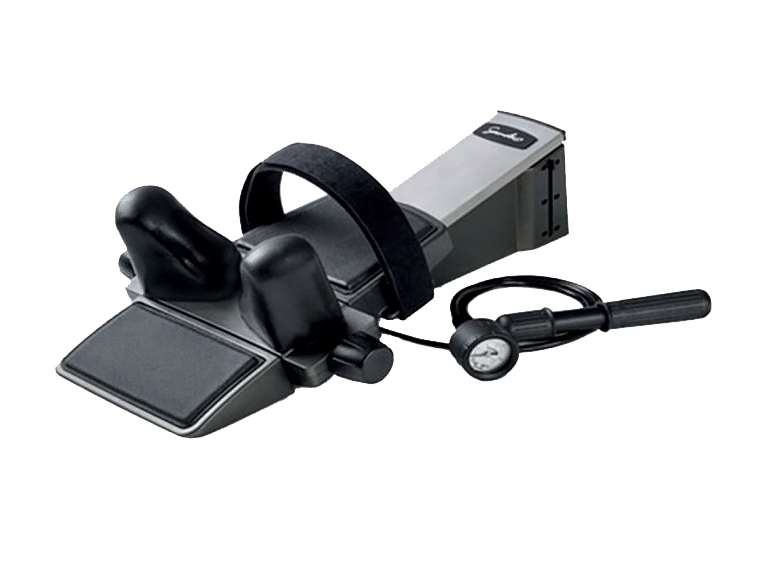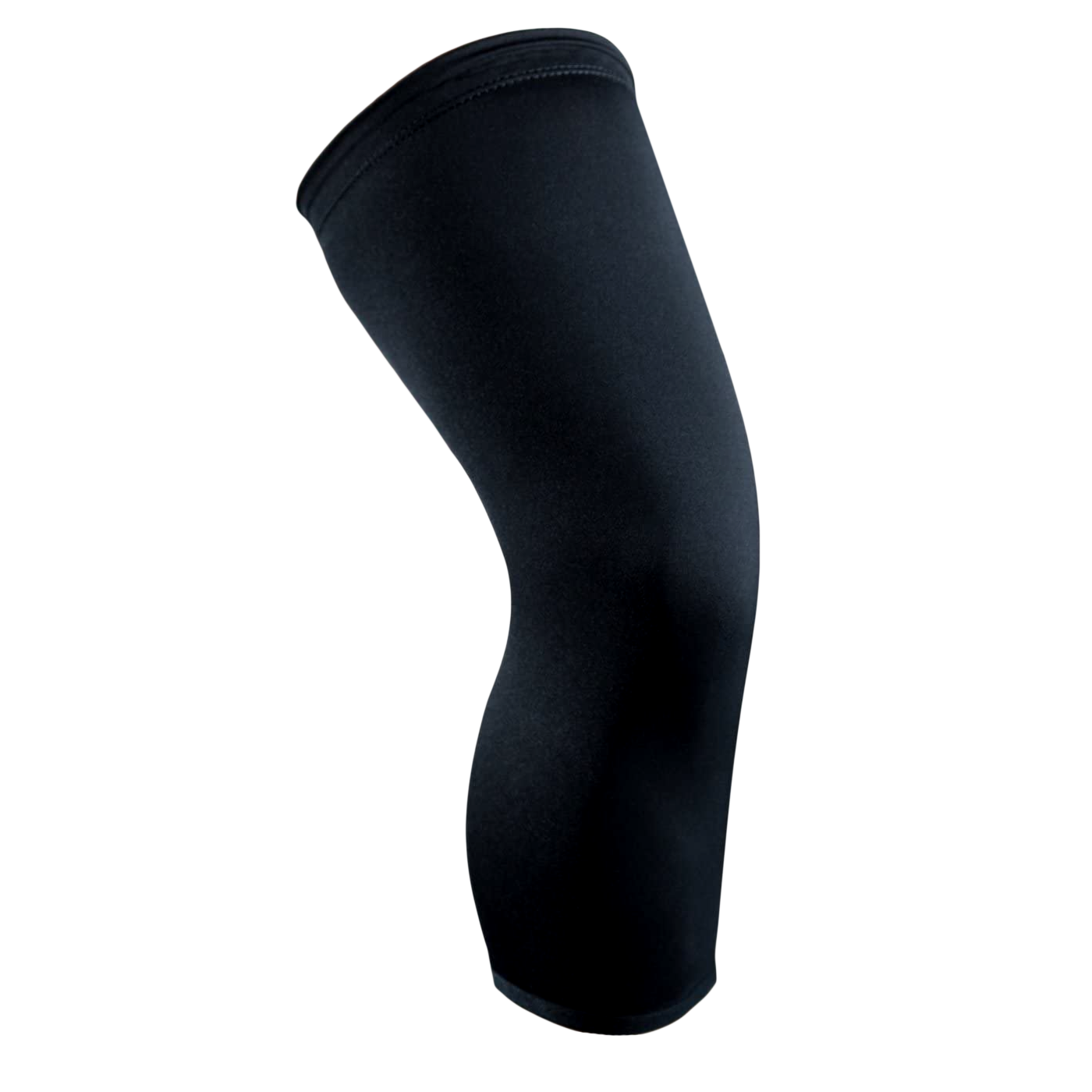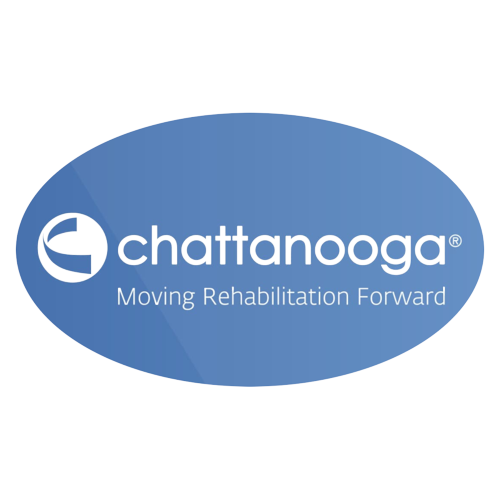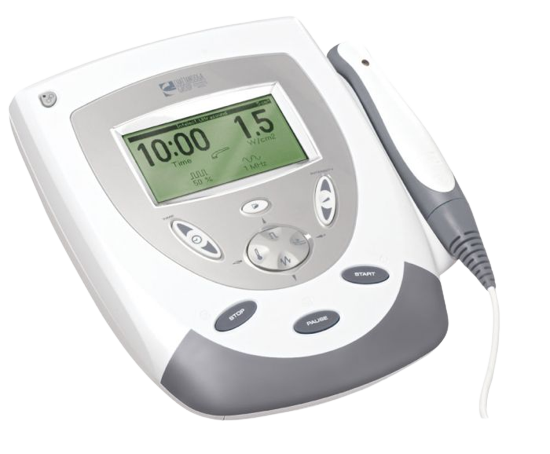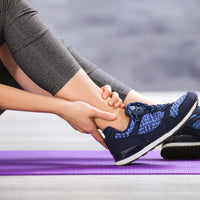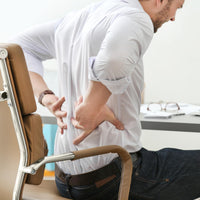
Key Takeaways:
- Understand Tennis Elbow: Awareness of the causes and symptoms of tennis elbow (lateral epicondylitis) is crucial for effective prevention and treatment. Tennis elbow affects not only athletes but anyone engaging in repetitive arm movements.
- Importance of Rehab Exercises: Incorporating targeted rehabilitation exercises is essential for rebuilding strength, improving flexibility, and alleviating pain, making them a fundamental aspect of tennis elbow recovery.
- Monitor Progress and Pain Levels: Pay close attention to your body’s signals during rehab. Increased pain, swelling, or stiffness can indicate overdoing it; adjust your exercises to promote a safer recovery.
At OrthoBracing, we’re dedicated to helping you reclaim a pain-free, active life with expert support and high-quality braces designed to aid recovery. Our products are crafted to support your journey toward healing and give you the confidence to move comfortably again.
Living with a tennis elbow can feel like a daily struggle, where even simple actions—gripping, lifting, typing—become painful reminders of how disruptive an injured elbow can be. If you’re dealing with persistent pain, reduced strength, and limited movement, know that you’re not alone. Tennis elbow affects athletes and anyone engaged in repetitive arm movements.
In this guide, we’ll walk you through effective rehab exercises to target pain at its source, rebuild strength, and restore mobility. With practical exercises designed to relieve pain and support long-term healing, you can look forward to living pain-free, one step at a time.
Understanding Tennis Elbow: Causes And Common Symptoms
Tennis elbow, medically known as lateral epicondylitis, is a condition characterized by pain in the elbow and forearm due to overuse of the forearm muscles and tendons. This overuse leads to inflammation and microtears in the tendons attaching to the lateral epicondyle. This condition isn't limited to tennis players; it can affect anyone who engages in repetitive wrist and arm motions, making it a common ailment among athletes, manual workers, and individuals performing daily repetitive tasks.
Causes Of Tennis Elbow
The primary cause of tennis elbow is repetitive motion or overuse of the forearm muscles. This can stem from playing racket sports like tennis or squash, prolonged computer use, painting, carpentry, or any activity that requires repeated arm, elbow, wrist, or hand movement. The constant stress and strain can lead to tiny tears in the tendon attachment at the elbow, resulting in pain and inflammation.
Moreover, improper technique in sports or daily activities can exacerbate the risk of developing tennis elbow, as it places additional stress on the tendons of the forearm.
Common Symptoms Of Tennis Elbow
Understanding the symptoms of tennis elbow is crucial for early detection and treatment. The most common indicators include:
- Pain and Tenderness: The most noticeable symptom is a pain or burning sensation on the outer part of the elbow. This discomfort can also extend into the forearm and wrist.
- Weak Grip Strength: Individuals may experience decreased grip strength, making it difficult to hold onto objects, shake hands, or perform tasks requiring manual dexterity.
- Morning Stiffness: A common symptom is stiffness around the elbow joint and forearm muscles in the morning or after periods of inactivity.
- Elbow Stiffness: Difficulty fully extending the forearm due to tightness or stiffness in the elbow joint.
- Increased Pain with Certain Movements: Activities that require twisting or extending the forearm, such as opening a jar or gripping a racket, can exacerbate pain.
It's important to recognize these symptoms early and consult a health professional for a proper diagnosis and personalized treatment plan. Alongside medical treatments, specific rehab exercises for tennis elbow play an essential role in the recovery process, helping to strengthen the affected area and mitigate pain.
Why Rehab Exercises Are Key To Tennis Elbow Recovery
While tennis elbow can be a frustrating injury, particularly for those active in sports or professions requiring repetitive arm movements, recovery is within reach, thanks to targeted rehab exercises. These exercises are supplementary treatments foundational to healing and regaining strength in the affected area.
Building Muscular Strength And Flexibility
Rehab exercises are designed to gradually build the strength of the forearm muscles and increase flexibility. This is crucial for several reasons. Stronger muscles are less prone to injury. By carefully and consistently working these muscles, patients can recover from the tennis elbow and prevent its recurrence. Secondly, increased flexibility helps to alleviate stiffness, improving the range of motion and functionality of the elbow and forearm.
Reducing Pain And Inflammation
A central component of tennis elbow recovery is managing pain and reducing inflammation. Rehab exercises, when performed correctly and consistently, can facilitate this process. They enhance blood flow to the affected area, promoting the body's natural healing process. Moreover, specific exercises can be tailored to address the patient's individual needs, focusing on gentle stretches and movements that do not exacerbate the condition.
Restoring Functionality
For individuals recovering from orthopedic surgery, restoring function is a primary goal. Rehab exercises for tennis elbow play a vital role in achieving this objective. They are designed to mimic everyday movements and tasks, gradually reintroducing the forearm to normal activities. This step-wise approach ensures that recovery is about healing and regaining the quality of life that was compromised by injury or surgery.
How To Safely Start Tennis Elbow Rehab At Home
Ensuring your approach is safe and effective before embarking on a journey to recover from tennis elbow is crucial. To begin your rehabilitation journey at home, follow these carefully curated steps to foster healing while minimizing the risk of further injury.
Consult With A Healthcare Professional
First and foremost, it's imperative to consult with a healthcare professional to obtain an accurate diagnosis and a tailored rehab plan. This step ensures your exercises are appropriate for your condition and recovery stage.
Start With Gentle Stretching
Gentle stretching exercises can improve flexibility and reduce tension in the muscles and tendons around the elbow, which is essential for healing. A simple yet effective stretch involves extending your affected arm straight out, using your opposite hand to gently press down on the fingers of your extended hand, stretching the forearm muscles. Hold each stretch for 15 to 30 seconds, repeating several times but stopping if you experience pain.
Introduce Strength Training Slowly
After improving flexibility, gradually incorporate strengthening exercises targeting the elbow muscles. One basic exercise is the wrist turn: hold a lightweight (a can of soup can be a good start) with your elbow at your side bent at a 90-degree angle. Slowly rotate your wrist so your palm faces up and then down. This can help strengthen the muscles without straining the tendon.
Monitor Pain And Adjust Accordingly
Pain is your body's signaling that it's time to pause and reassess. If you experience increased pain during or after exercises, consider reducing the frequency or intensity of your rehab exercises. Remember, recovery is a marathon, not a sprint. It's crucial to pace yourself and listen to your body.
Utilize Recovery And Support Tools
Using high-quality recovery and support tools can significantly enhance your rehabilitation process. Our selection includes brands like AirCast, Breg, Chattanooga, DonJoy, and Exos, which are leaders in supporting orthopedic surgery recovery and pain relief. For instance, an elbow brace can provide the additional support your muscles need while healing and help prevent further injury by stabilizing the joint.
For effective pain management, cold therapy should be considered to reduce inflammation and alleviate pain. While employing these methods, monitoring the duration and frequency to match your comfort and recovery needs is essential.
Progress Gradually
As you recover, gradually increase the difficulty and intensity of your exercises, always prioritizing form and technique over speed or repetitions. Progress should be measured in weeks, not days, to allow your body ample time to heal and strengthen.
Top Tennis Elbow Exercises To Reduce Pain And Build Strength
Here are some practical rehab exercises for tennis elbow designed to reduce pain and build strength in the affected area.
Wrist Flexor Stretch
This exercise is crucial for extending the muscles often shortened from overuse, providing relief from pain.
- Extend your affected arm in front of you with your palm facing down.
- With your other hand, gently press down on the fingers of your extended hand, pushing towards your body until you feel a stretch in your forearm.
- Hold this position for 15-30 seconds. Repeat 3 times.
Wrist Extensor Stretch
This stretch targets the muscles on the top of your forearm, improving flexibility and reducing tension in the area.
- Extend your arm in front of you with your palm facing up and fingers pointing downward.
- Use your opposite hand to gently press the back of your affected hand towards your body until you feel a stretch.
- Hold for 15-30 seconds and repeat 3 times.
Towel Twist
The towel twist exercise helps strengthen the forearm muscles, improving their endurance and stability.
- Take a towel and hold it with both hands shoulder-width apart. Ensure your hands align with your shoulders, holding the towel horizontally.
- Twist the towel by moving your hands in opposite directions as if you're wringing water out of it.
- Perform 10 twists in each direction, maintaining a controlled motion to avoid exacerbating your condition.
Ball Squeeze
This exercise aids in building grip strength and improving muscle tone, contributing to better support around the elbow joint.- Use a soft rubber ball or a tennis ball.
- Hold the ball in the palm of your affected hand.
- Squeeze the ball and hold the squeeze for 5 seconds.
- Release and repeat 10-15 times.
Wrist Extension
Focusing on the wrist extensors, this exercise ensures balanced strengthening of the forearm and better support of elbow health and function.
- Sit at a table with your forearm resting on it, palm facing down, and hand extending beyond the table's edge.
- Holding a light weight (a 1-2 pound dumbbell or a can of soup), slowly lift your hand up, bending at the wrist, and then lower it back down.
- Perform 2-3 sets of 10 repetitions.
Building Grip Strength To Support Tennis Elbow Recovery
Building grip strength is a crucial component in rehabilitation for tennis elbow sufferers. Strengthening the muscles in your forearm can help alleviate the pain associated with tennis elbow and prevent future injuries. Here, we outline a series of rehab exercises for tennis elbow explicitly focused on enhancing grip strength.
Wrist Extension
Begin with simple wrist extensions. Sit comfortably with your forearm resting on a table, palm facing down, holding a light weight in your hand. Slowly lift the hand upwards, bending at the wrist, then lower it back down. Aim for 3 sets of 10 repetitions, ensuring each movement is intentional and controlled.
Wrist Curl
Like the extension, the wrist curl focuses on the opposite muscle group. With the same setup, turn your arm so your palm faces upwards before performing the curl. This movement will engage the muscles along the inside of your forearm, which are affiliated with grip strength. Again, aim for three sets of 10 repetitions.
Squeeze Exercises
Utilizing a stress ball or a specially designed grip strengthener, perform squeeze exercises. Hold the object in your palm, squeeze it as hard as possible without causing pain, and then release it. Repeat this action for 10 repetitions, aiming for 3 sets. This simple exercise is remarkably effective at building grip strength and can quickly be done while watching television or other passive activities.
Towel Wringing
Another practical exercise involves wringing out a towel. Hold a towel with both hands, as if you were trying to wring water out of it, and twist it in opposite directions with each hand. Not only does this motion engage your grip, but it also works the muscles through a different range of motion, providing a comprehensive approach to strengthening.
Finger Extensions
For a balanced approach, incorporate finger extension exercises. Using a rubber band or a specially designed finger band, place it around all five fingers and actively spread your fingers apart against the resistance. Aim for three sets of 10 repetitions. This exercise helps balance the muscles in the forearm and prevents overuse of the muscles responsible for gripping.
Signs You’re Overdoing Tennis Elbow Exercises (And How To Adjust)
Overdoing your exercises can not only delay your recovery but can also further exacerbate your injury. Here are a few signs to watch out for that indicate you might be pushing your limits and how you can adjust accordingly.
Increased Pain
While some discomfort is expected during rehab exercises, a noticeable increase in pain, particularly pain that persists for hours or even days after your workout, is a clear sign you’re overdoing it. Your exercises should focus on gradual strengthening and flexibility, not pushing your elbow into heightened pain.
- Adjustment Tip: Reduce the weight or resistance level and decrease the frequency of your exercises. Focus on slow, controlled movements, and ensure you apply ice and rest adequately post-exercise to manage inflammation.
Swelling And Inflammation
If you notice increased swelling or a spike in inflammation around your elbow after your exercises, this is a signal from your body to ease up. Swelling is a defensive reaction, indicating that the tissues are under excessive stress.
- Adjustment Tip: Introduce more rest periods between exercise sessions and incorporate cold therapy into your recovery routine. Cold therapy can significantly reduce inflammation and swelling without the need for manual application or supervision, allowing you consistent and convenient relief.
Stiffness The Following Day
Mild stiffness isn’t uncommon; however, if your elbow feels significantly more rigid or locked up the day after exercising, it's a sign that your muscles and tendons are overworked.
- Adjustment Tip: Ensure you incorporate a proper warm-up before starting your exercises and a cool-down period afterward. Gently stretching the affected muscles can improve flexibility and reduce stiffness. Adjust the intensity of your workouts, giving your body ample time to recover.
Decreased Mobility
Any exercise regimen should aim to improve or maintain your joint mobility. If your elbow joint’s range of motion decreases, you might be over-stressing the joint and surrounding tissues.
- Adjustment Tip: Focus on exercises that promote gentle stretching and strengthening without causing pain. It might also be beneficial to revisit your technique or the specific exercises you are doing. Consulting with a physical therapist for tailored guidance can ensure your efforts are constructive rather than detrimental.
When To Consider Professional Treatment For Persistent Tennis Elbow Pain
Recovering from orthopedic issues such as tennis elbow can often feel like a solitary journey, but it's important to remember that you don't have to navigate this path alone. Knowing when to seek professional treatment is crucial in ensuring a comprehensive and effective recovery. There are certain signs and situations where the expertise of healthcare professionals becomes indispensable in managing persistent tennis elbow pain.
- Prolonged Pain: If you experience continuous pain for more than a few weeks despite rest and adherence to recommended rehab exercises for tennis elbow, it’s a clear signal that your condition requires a professional evaluation. Persistent pain could indicate a more severe injury or the need for a tailored treatment plan.
- Limited Movement: Difficulty in extending or flexing the forearm, or a noticeable decrease in the range of motion, can significantly hinder your daily activities and quality of life. Professionals can diagnose the extent of the damage and suggest interventions that may include specific exercises, bracing, or even surgery for severe cases.
- Weakness in the Arm: Experiencing a decrease in grip strength or an overall feeling of weakness in the arm afflicted by tennis elbow is a red flag. This is especially true for individuals recovering from orthopedic surgery, as it could suggest complications or the need for additional rehabilitative support.
- Lack of Improvement: If there’s no noticeable improvement even after diligently performing rehab exercises for tennis elbow, consulting with a healthcare professional is advisable. They can reassess your condition, recommend imaging tests, and adjust your treatment plan.
Preventing Reinjury: Tips To Maintain Strength After Tennis Elbow Recovery
Rehabilitation from tennis elbow involves immediate treatment and reduction of pain and a focused approach to preventing future reinjuries. As your body recovers from orthopedic surgery, it's imperative to maintain the strength and flexibility of the elbow to avoid setbacks. Here are key strategies to ensure sustained recovery and maintain strength post-tennis elbow recovery:
Gradual Return To Activity
Rushing back into your routine activities, especially those that may have contributed to your tennis elbow, can be tempting. However, it's critical to adopt a gradual return to these actions. Incrementally increasing the intensity and duration of your activities allows your muscles to adapt without overstressing them.
Consistent Exercise Regimen
Continuing with rehab exercises for tennis elbow even after symptoms have subsided is essential. Regularly performing these strengthening and flexibility exercises will not only support the affected area but also enhance overall arm strength, thus reducing the risk of recurrence. The chosen exercises should focus on building the strength of the forearm muscles, improving grip strength, and enhancing elbow joint flexibility.
Ergonomic Adjustments
Reevaluate your work and leisure environments for ergonomic improvements. For those whose profession or hobbies involve repetitive arm movements, ensuring that your setup supports a natural, strain-free posture is crucial. Adjusting chair and table height, modifying tool handles for a comfortable grip, or utilizing ergonomic keyboards can significantly reduce stress on your elbow.
Wear Supportive Braces
Supportive braces can provide additional stability and support to the elbow joint, especially during activities that exert pressure on the forearm muscles.
Cold Therapy For Maintenance
Embracing cold therapy as a regular part of your routine can help manage inflammation and pain, keeping the tissues around your elbow supple and more resilient to stress. The application should follow your healthcare provider's advice, focusing on the duration and frequency that best suits your recovery phase.
Listen To Your Body
Finally, the most critical advice is to listen to your body. Pain is a signal that should not be ignored. If you notice any discomfort, reducing the intensity or taking a break from activities aggravating your elbow is advisable. Consulting with a healthcare professional can guide you to your specific situation.
Final Thoughts
Incorporating rehab exercises for tennis elbow into your recovery regimen is essential for strengthening the muscles around your elbow, improving flexibility, and expediting your path to pain relief and functional restoration. Each exercise is vital to your recovery journey when performed correctly and consistently. Remember, recovery is not just about healing but also about regaining the strength and confidence needed for daily activities and beyond.
As we emphasize the importance of quality care in your recovery, let us also remind you that the journey to full health is collaborative. High-quality orthopedic recovery and pain relief solutions are paramount. Our company is dedicated to providing you with the top-tier brands—AirCast, Breg, Chattanooga, DonJoy, and Exos—that are synonymous with quality and reliability in orthopedic surgery recovery.
Your commitment to performing rehab exercises for tennis elbow, coupled with our premier recovery products, sets the foundation for a successful and accelerated healing process.
Read also:
- The 7 Best Cold Therapy Machines for Faster Recovery Times
- How To Use A Game Ready Ice Machine: Step-By-Step Guide
- Heat vs. Cold Therapy: When To Use Each For Healing
Frequently Asked Questions About Rehab Exercises For Tennis Elbow
How often should I do tennis elbow exercises?
It's generally recommended that tennis elbow rehab exercises be performed 2-3 times daily. Start with a lower frequency and gradually increase as your comfort and strength improve. However, it's crucial to follow the specific advice of your healthcare provider, as they will tailor their recommendations to your unique situation.
Are there any exercises I should avoid with tennis elbow?
Yes, you should avoid exercises that put undue stress on your elbow joint and the affected tendons. These include lifting heavy weights, performing repetitive arm movements, or engaging in activities that exacerbate your pain. Consulting with a physical therapist can guide you on which activities to avoid.
How long does it typically take to recover from tennis elbow with exercises?
Recovery time can vary significantly depending on the severity of your condition and your adherence to the exercise regimen. On average, it may take several weeks to a few months. Consistency and patience are key, as is avoiding activities that may impede your recovery.
Can rehab exercises completely cure tennis elbow?
While rehab exercises are crucial in the recovery from tennis elbow, they are often most effective when combined with other treatments such as rest, anti-inflammatory medications, and possibly corticosteroid injections. In some cases, surgery may be required. Rehab exercises can significantly improve your condition but may not be a complete cure.
Is it normal to feel pain during tennis elbow exercises?
It's normal to experience some discomfort while performing tennis elbow exercises, but sharp or intense pain is a sign you should stop and consult a healthcare provider. Exercises should be challenging yet manageable, and pain levels should decrease as your elbow strengthens.
How can I ensure I'm doing tennis elbow exercises correctly?
The best way to ensure you're performing these exercises correctly is to work with a physical therapist. They can demonstrate proper technique and provide real-time feedback. Alternatively, follow instructions from reputable sources closely, and if any exercise causes pain, stop immediately and seek guidance.

